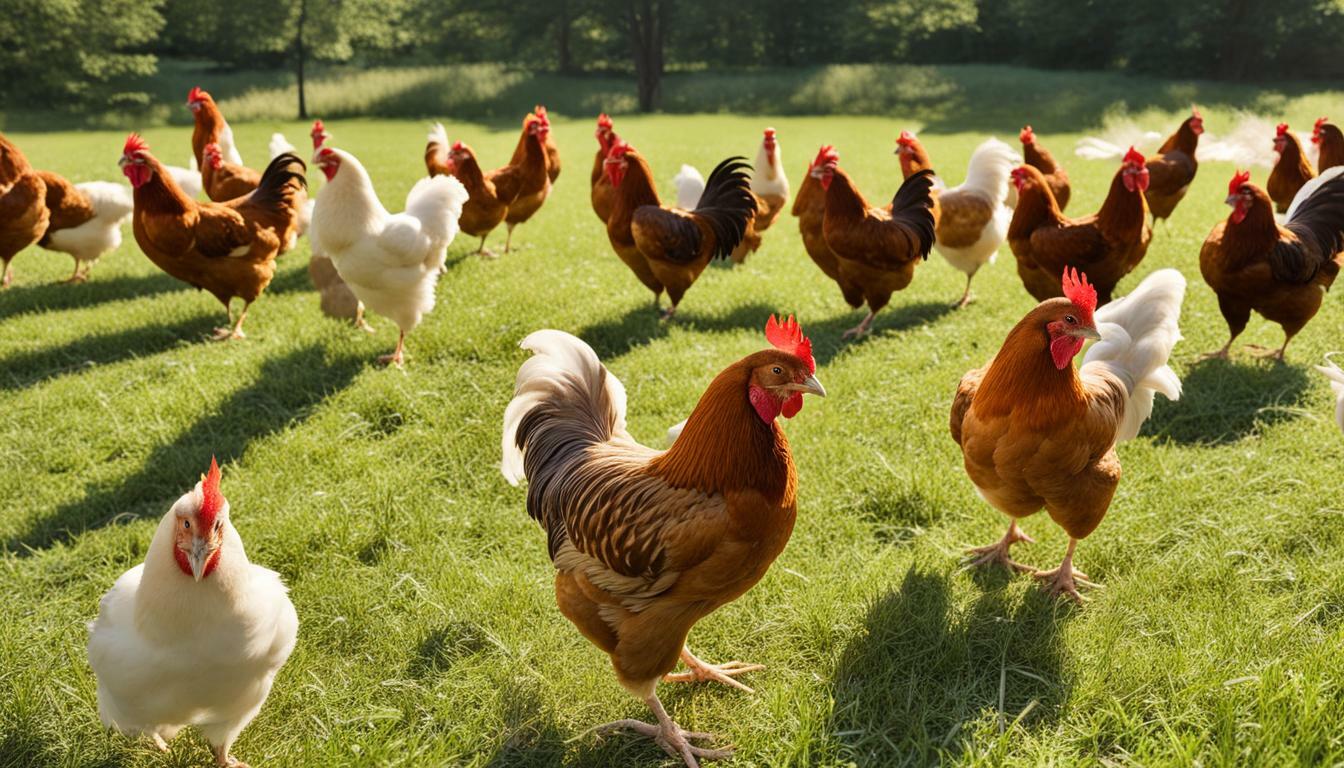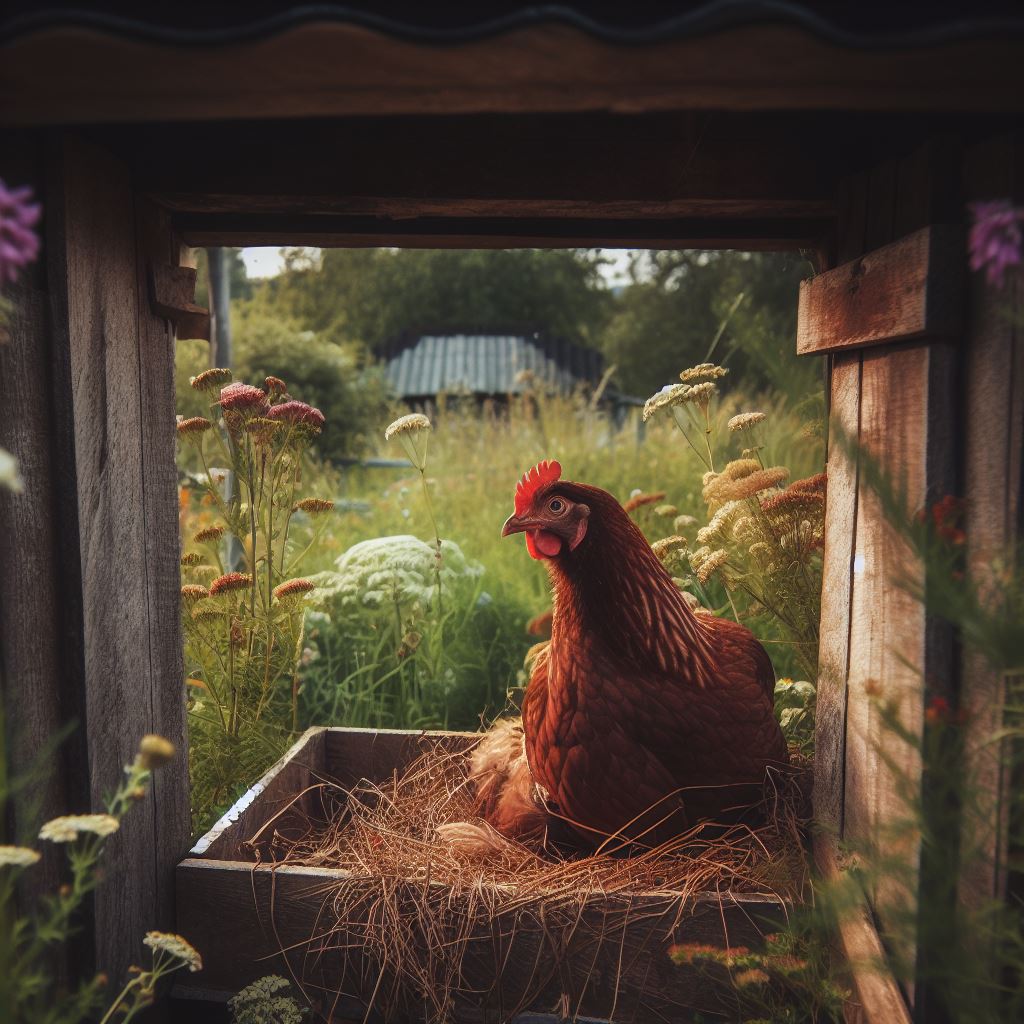Can Chickens Eat Cucumber Peels? Benefits and Dangers
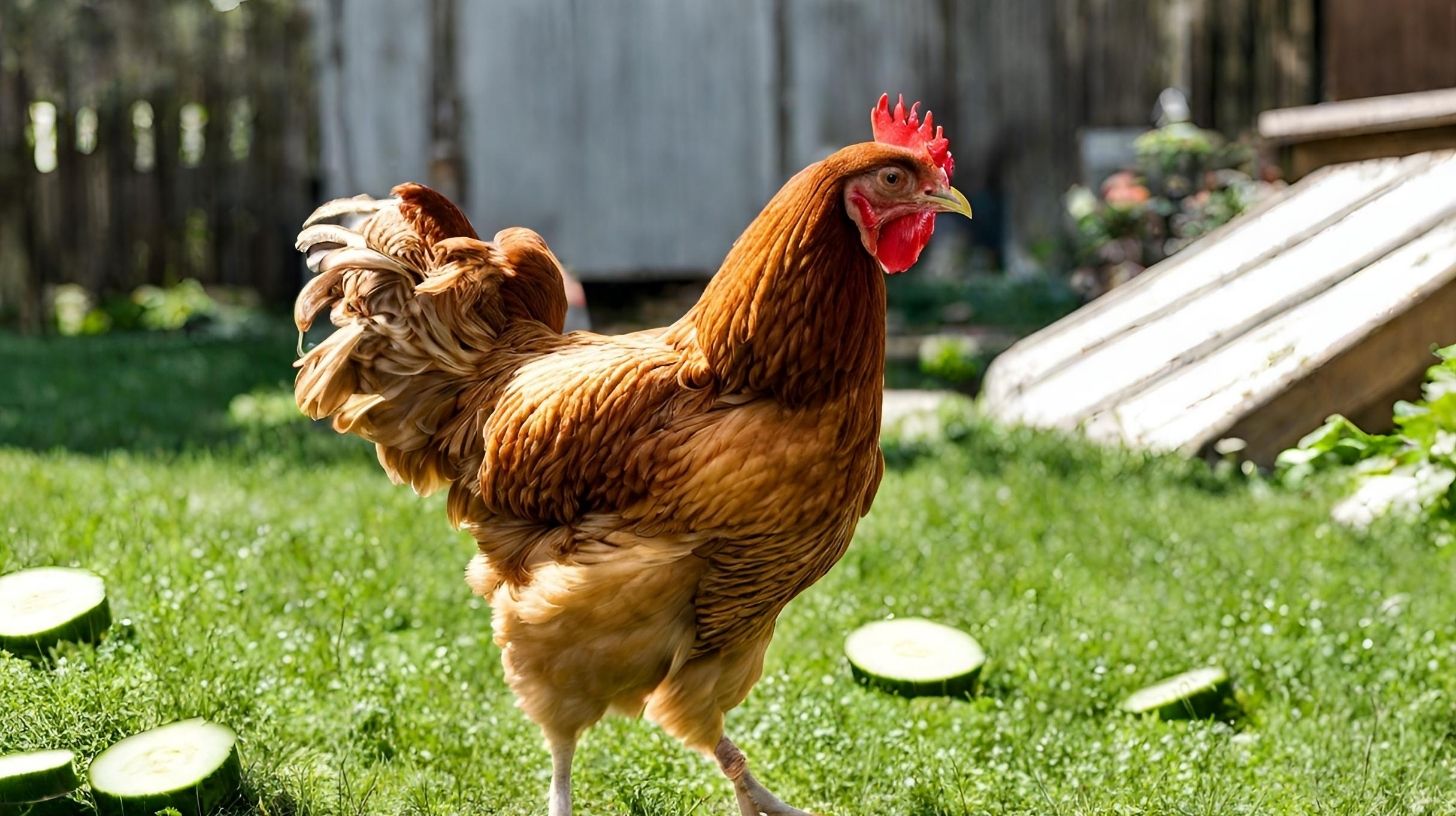
Table of content:
- Are Cucumber Peels Safe for Chickens to Eat?
- Nutritional Benefits of Cucumber Peels for Chickens
- Risks and Precautions When Feeding Cucumber Peels
- How Much Cucumber Peel Can Chickens Eat?
- Tips for Feeding Cucumber Peels to Chickens
- Frequently Asked Questions About Chickens Eating Cucumber Peels
- Conclusion
Cucumbers are a healthy, low-calorie vegetable that can be fed to backyard chickens as part of their diet. But what about the peels? Are cucumber peels safe for chickens to eat?
The short answer is yes, cucumber peels are safe for chickens in moderation. The peels provide some nutritional benefits and can be a tasty occasional treat. However, too much can cause digestion issues. So cucumber peels should be fed sparingly.
Key takeaways:
- Cucumber peels are safe for chickens to eat in moderation as an occasional treat. They provide some nutritional benefits.
- Too much can cause impaction or diarrhea, so feed cucumber peels sparingly. Always introduce new foods slowly.
- Avoid spoiled, moldy, or pesticide-treated peels. Wash thoroughly before feeding.
- Peels offer fiber, vitamins, minerals, and moisture. Best to feed fresh, not dried peels.
- Offer small, diced bits along with their regular feed. Limit to a few times a week.
Below is a more detailed look at the benefits and risks of feeding cucumber peels to chickens, along with tips on how much to feed safely.
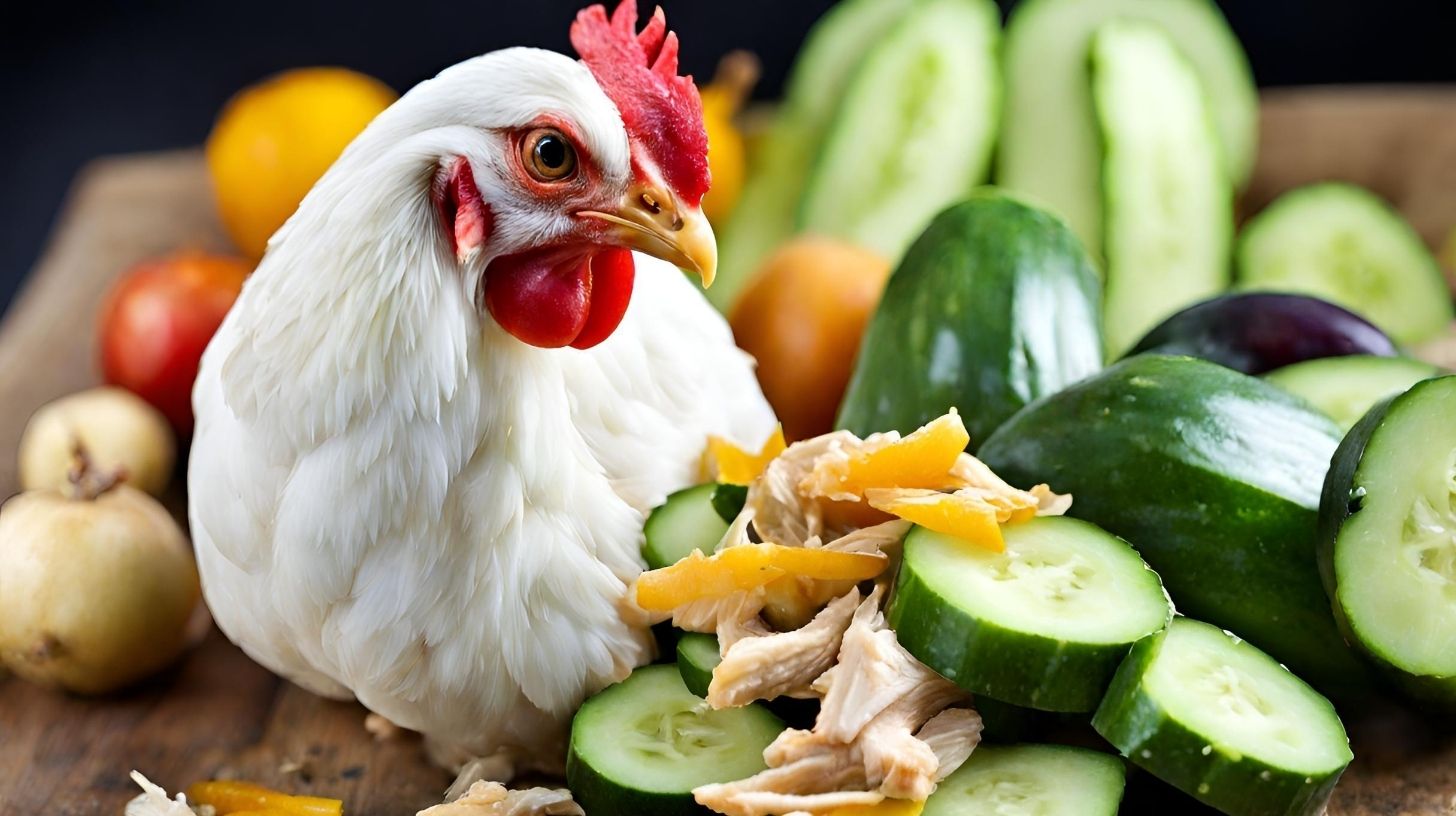 Are Cucumber Peels Safe for Chickens to Eat?
Are Cucumber Peels Safe for Chickens to Eat?
Cucumber peels are not toxic or poisonous to chickens. Both the cucumber flesh and peel contain beneficial nutrients.
However, the outer peel is entirely made up of insoluble fiber that chickens cannot fully digest. Too much insoluble fiber can lead to blocked digestion.
So as long as peels are fed in moderation along with their regular feed, chickens can safely eat cucumber peels.
Introduce new treats slowly to allow their digestive system time to adjust. Mix just a few small pieces into their feed at first.
Monitor for signs of diarrhea or runny droppings, which may indicate too much fiber. Reduce or eliminate peels if this occurs.
In summary, cucumber peels are safe for chickens if fed sparingly 1-2 times per week. They should not replace balanced feed.
Nutritional Benefits of Cucumber Peels for Chickens
Cucumber peels provide some nutritional value, making them a healthy occasional treat. Benefits include:
- Moisture: Cucumbers are 95% water, helping chickens stay hydrated.
- Fiber: Peels provide insoluble fiber to encourage digestion and gut health.
- Vitamins & minerals: Cucumbers contain Vitamin K, potassium, magnesium and more. Peels offer a concentrated source.
- Treat: Peels add variety to their diet and helps prevent boredom.
The flesh is higher in nutrients than the peel, so it’s best to feed both. But peels alone offer some supplements benefits.
Cucumber peels also add garden produce to a chicken’s diet. This provides a more diverse range of vitamins, minerals and antioxidants compared to commercial feed alone.
Risks and Precautions When Feeding Cucumber Peels
While nutritious, too much cucumber peel can cause problems for chickens:
- Impaction risk: Too much insoluble fiber can obstruct the digestive tract or gizzard.
- Diarrhea: Excess insoluble fiber may also result in loose droppings.
- Dehydration: Peels have a diuretic effect and chickens may drink more water.
- Boredom: Chickens may fill up on peels and not eat a balanced diet.
To avoid issues, take these precautions with cucumber peels:
- Introduce slowly and limit to 1-2 times per week max.
- Feed peels in moderation – no more than a few thin slices per chicken.
- Dice peels into bite-sized pieces to prevent choking.
- Make sure plenty of water is available at all times.
- Always feed peels as a supplement, not a replacement for pellets and grain.
- Discontinue use if any signs of impaction or diarrhea occur.
With proper precautions, cucumber peels are a low-risk, healthy treat for chickens.
How Much Cucumber Peel Can Chickens Eat?
When first introducing cucumber peels, start with just a few thin slices per chicken 2-3 times the first week.
Gradually work up to feeding larger pieces like thick half-moon slices, or diced peels equal to roughly 1-2 inches total per chicken.
Ideally, limit cucumber peel treats to just 1-2 times per week after the introduction period.
Never let peels make up more than 10% of their total food intake per day, or digestive upset may occur.
Monitor droppings for any signs of diarrhea after feeding peels. Increase amounts slowly while watching for reactions.
Each chicken may have a different tolerance level for the high insoluble fiber in cucumber peels. Adjust quantities fed accordingly.
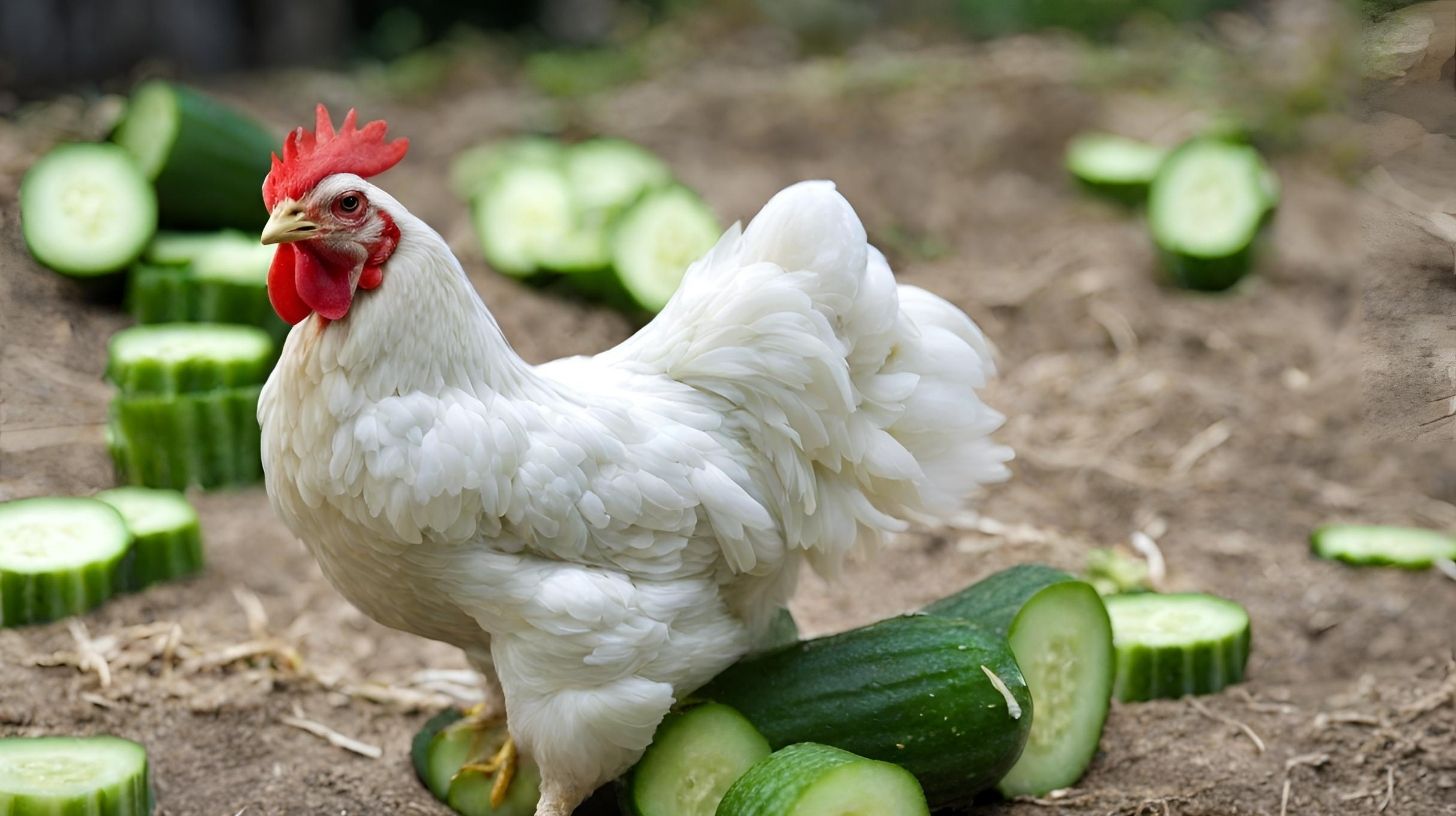 Tips for Feeding Cucumber Peels to Chickens
Tips for Feeding Cucumber Peels to Chickens
Follow these tips for safely feeding cucumber peels:
- Wash peels thoroughly to remove any pesticide residue. Do not feed peels that were treated with chemicals.
- Cut peels into bite-size pieces. Quarter large peels lengthwise and dice into 0.5 inch cubes.
- Feed fresh peels only, not dried peels which may be a choking hazard.
- Introduce peels slowly mixed into their feed, not freely available at first.
- Prevent boredom or overeating by limiting peel treats to 1-2 times per week max.
- Monitor chickens’ droppings for any signs of diarrhea after eating peels.
- Reduce or eliminate peels if chickens show signs of impaction like difficulty pooping.
- Make sure chickens have unlimited access to fresh water at all times.
With some basic precautions, cucumber peels can provide a beneficial nutritional boost and treat for backyard chickens.
Frequently Asked Questions About Chickens Eating Cucumber Peels
Can chickens eat watermelon rinds?
Yes, watermelon rinds are another healthy fruit peel that chickens can eat. Similar precautions apply. Introduce slowly, limit treat amounts, and monitor for any diarrhea.
What fruits and vegetables can chickens eat?
Chickens can eat most fruits and veggies, either raw or cooked, including: tomatoes, berries, melon, squash, leafy greens, broccoli, carrots, apples, citrus, and more. Always introduce new foods gradually.
What foods are toxic for chickens?
Avoid avocado, onions/chives, uncooked beans, chocolate, caffeine, alcohol, raw potato peels. Also do not feed chickens milk, salty foods or sugary junk food.
Can chickens eat potato peels?
Yes, potato peels are okay for chickens to eat in moderation, about 1-2 times per week. Be sure to cut peels into small pieces for safety. Introduce slowly and watch for any digestive upset.
What vegetables cannot chickens eat?
Avoid raw green potato peels, dried beans, and rhubarb leaves which are poisonous. Limit high-oxalate greens like spinach. Onions are safe in moderation but can cause anemia if overfed.
Can chickens eat watermelon?
Yes, chickens can eat watermelon along with the rinds. The high water content helps keep chickens hydrated. Feed in moderation due to the natural sugar content.
Conclusion
In summary, cucumber peels are safe for chickens to eat and provide some nutritional value. Introduce peels slowly just 1-2 times per week and limit quantities to prevent digestive issues like impaction. With proper precautions, cucumber peels make a healthy supplemental treat for backyard chickens along with their balanced feed and fresh water.
Welcome. I’m Adreena Shanum, the proud owner of this website, and I am incredibly passionate about animals, especially poultry. I founded adreenapets.com as a labor of love, stemming from my desire to share my knowledge and experiences with poultry enthusiasts worldwide.


